Slopes, schnapps and charm
How Austria cleverly combines it all
Automating
From cardless lift gates to real-time slope info in apps, smart tech is everywhere, cutting queues and boosting comfort.
Integrating
Resorts link villages, glaciers and valley runs into one mega-network, so a single pass lets you roam hundreds of kilometres.
Innovating
Snow guns that use less water, solar-powered gondolas—you will spot these high-tech tricks more and more.
Relaxing
Panorama saunas are popping up even in the smallest valleys, giving non-skiers plenty to enjoy as well.
Just like a well-planned ski day—warm-up on a blue run, tackle a challenging black and finish with a long valley descent—skiing in Austria unfolds in layers..
What sticks with you
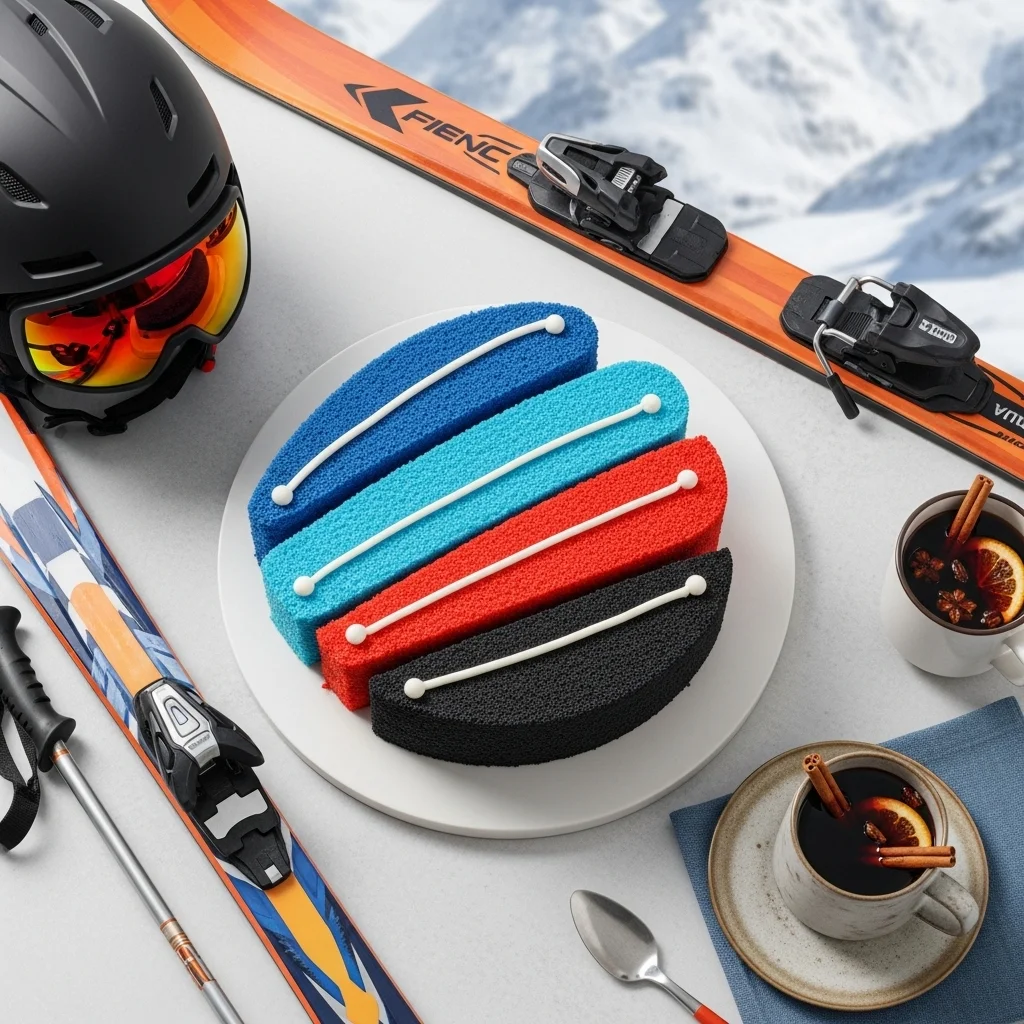
Austria blends tradition with innovation, and it is precisely that mix that makes the country so beloved.
What sticks with you
Tyrol tops the popularity charts, yet Vorarlberg is quietly winning hearts.
Après-ski is no longer only Schlager; DJ sets now feature in Ischgl and Sölden.
Beginners find super-wide practice areas in SkiWelt, while experts dive into freeride routes in SalzburgerLand.
How do you plan your ski trip to Austria?.
A step-by-step guide to get the most out of your trip.
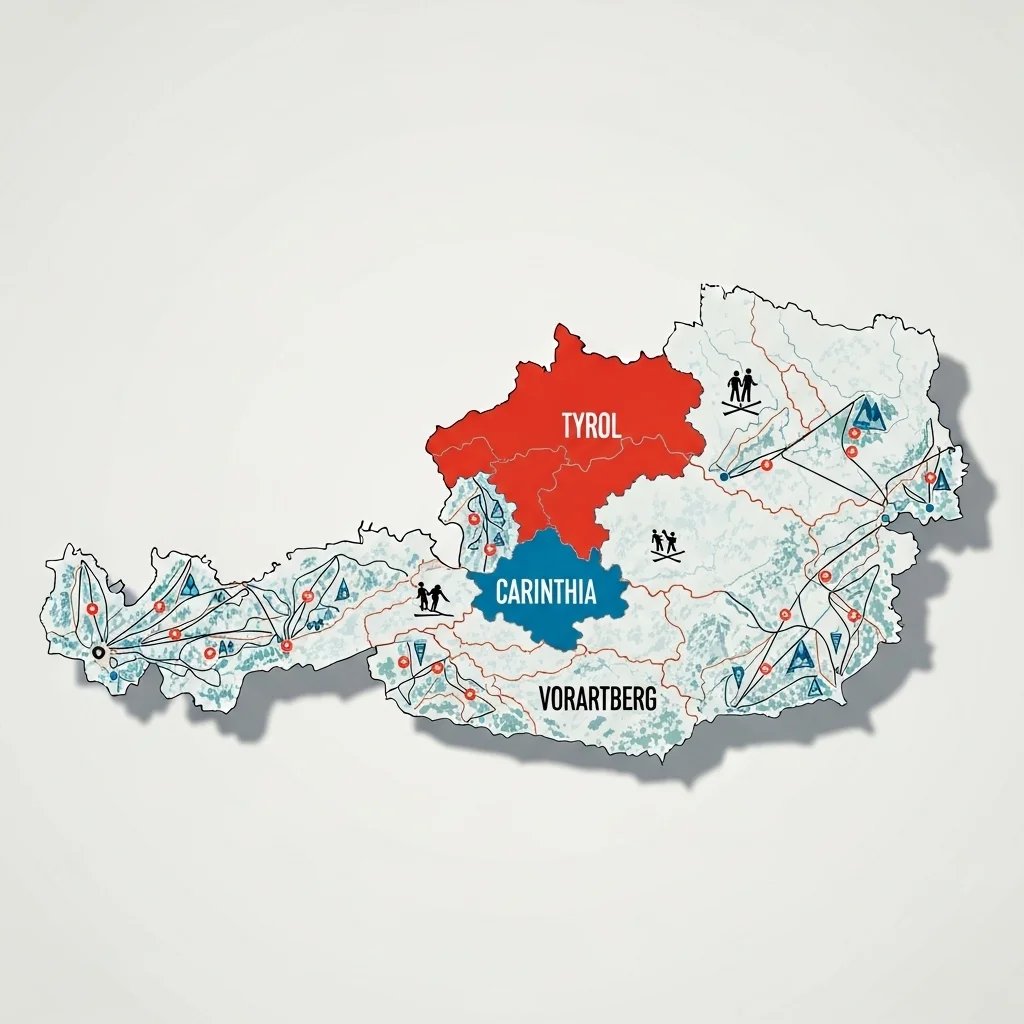
Step 1 – Choose your region.
The question 'Where will I find the best skiing in Austria?' sounds simple but is nuanced. Tyrol shines for variety, Carinthia is sunnier, while Vorarlberg charms with small-scale villages. Consider your group, ability and the vibe you want.
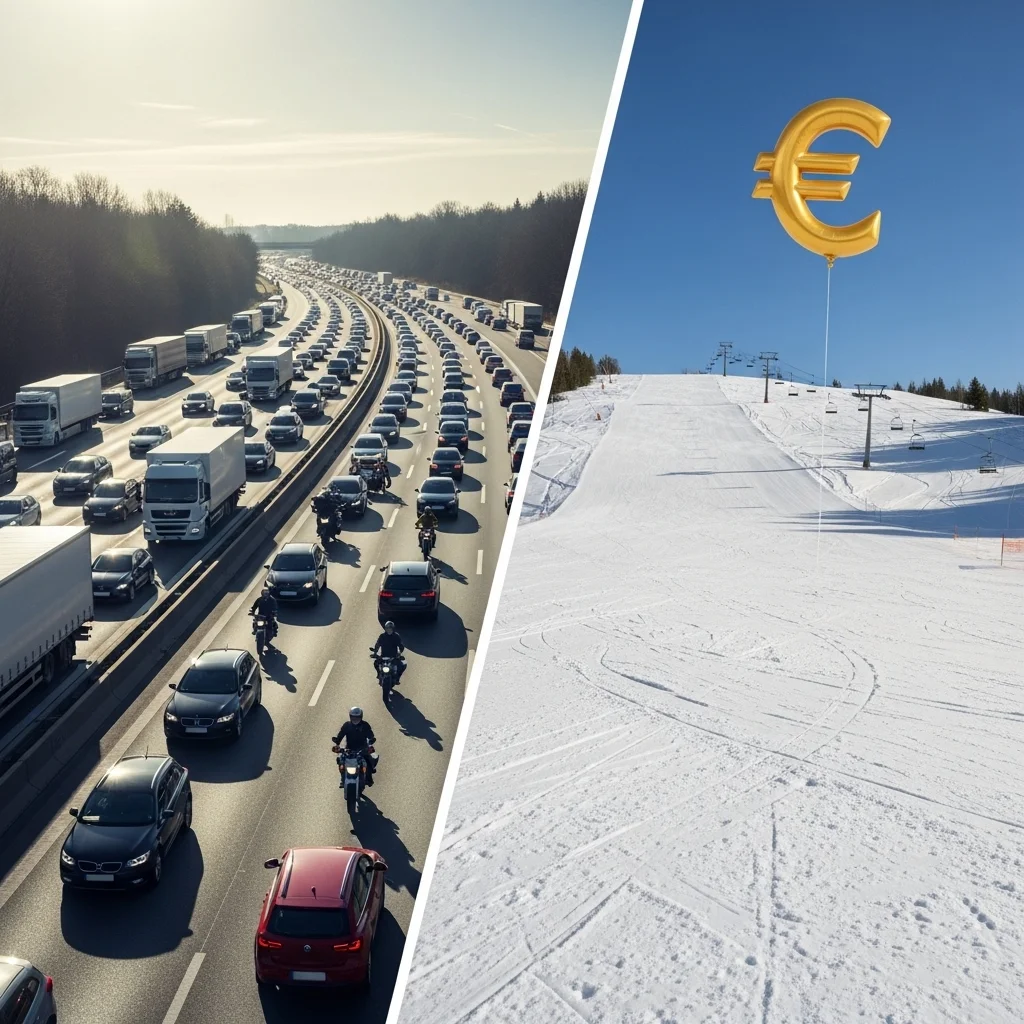
Step 2 – Book smart outside weekends.
Arriving mid-week often gives you cheaper accommodation and avoids crowded slopes. You also dodge German school-holiday peaks, meaning quieter roads.
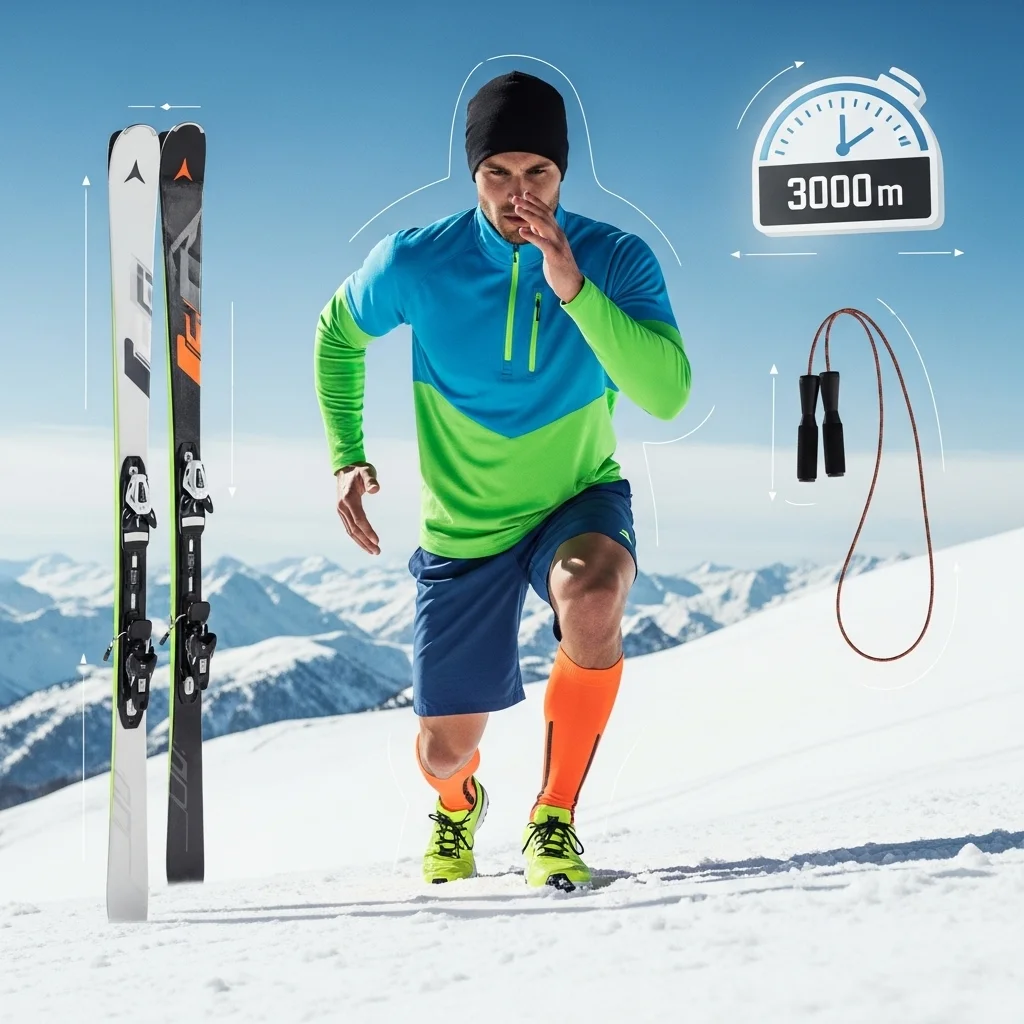
Step 3 – Prepare for altitude.
Despite all the modern lifts, fitness is still king. Six weeks before departure start core exercises, lunges and even skipping. Nothing ruins day two like burning thighs.
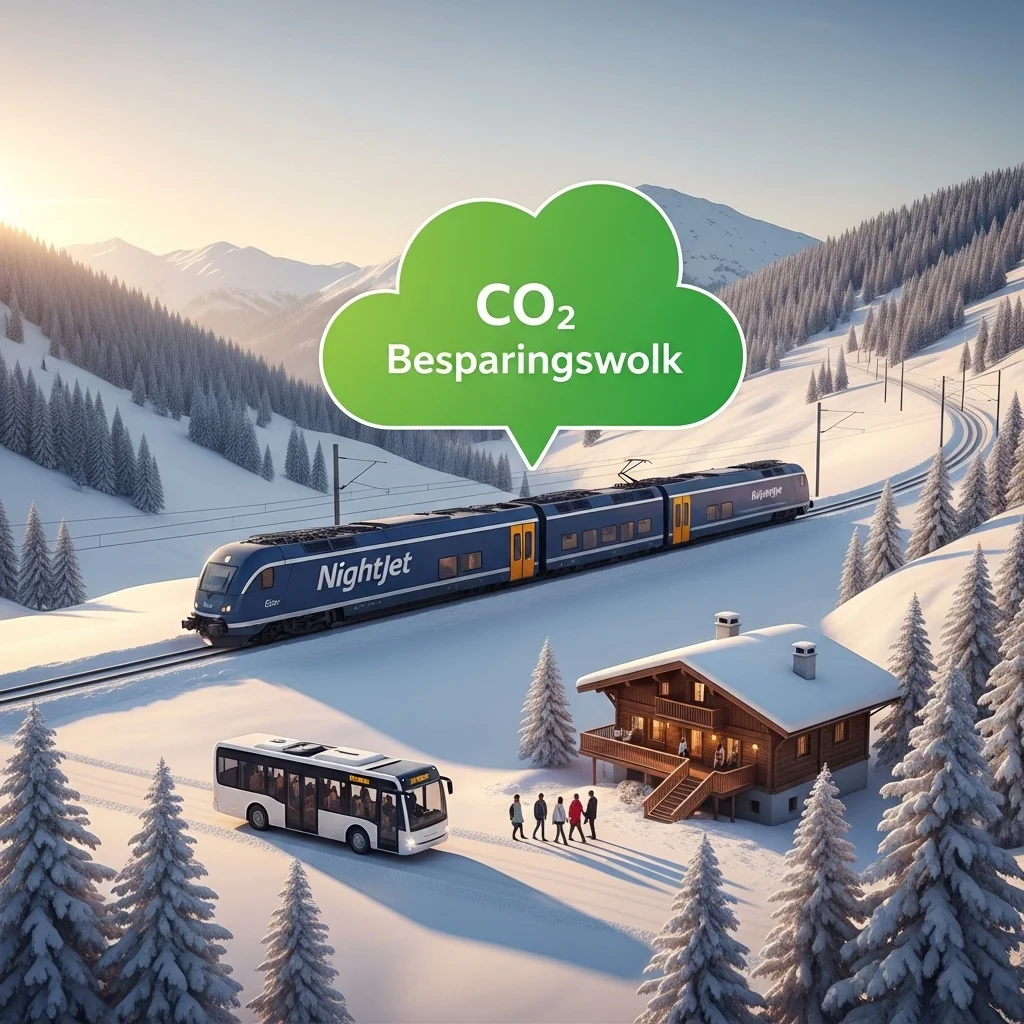
Step 4 – Make sustainable choices.
More and more villages—take Werfenweng—encourage train travel with shuttles to your chalet. Check out the Nightjet connections; they save CO₂ and traffic stress.

Step 5 – Don't forget the non-skier.
Cross-country trails, toboggan runs and even winter zip-lines (Hallstatt!) ensure gran or young kids are never bored. Map out the nearby options in advance.
The magic of the Alpine soul

An almost philosophical look at snow
Snow muffles sound, softens lines and creates an alternative reality. The Alpine massif forms a natural cathedral where time slows. People return from Austrian ski trips with stories of unexpected chair-lift conversations and moments of silence above the treeline.
Hospitality as a quiet superpower
Notice how hotel owner Maria in Gerlos remembers your name after one night, or how the lift-operator in St. Anton jokes about your skis as if you are old friends. That personal touch is the invisible glue that colours holiday memories.
Very practical tips for every level
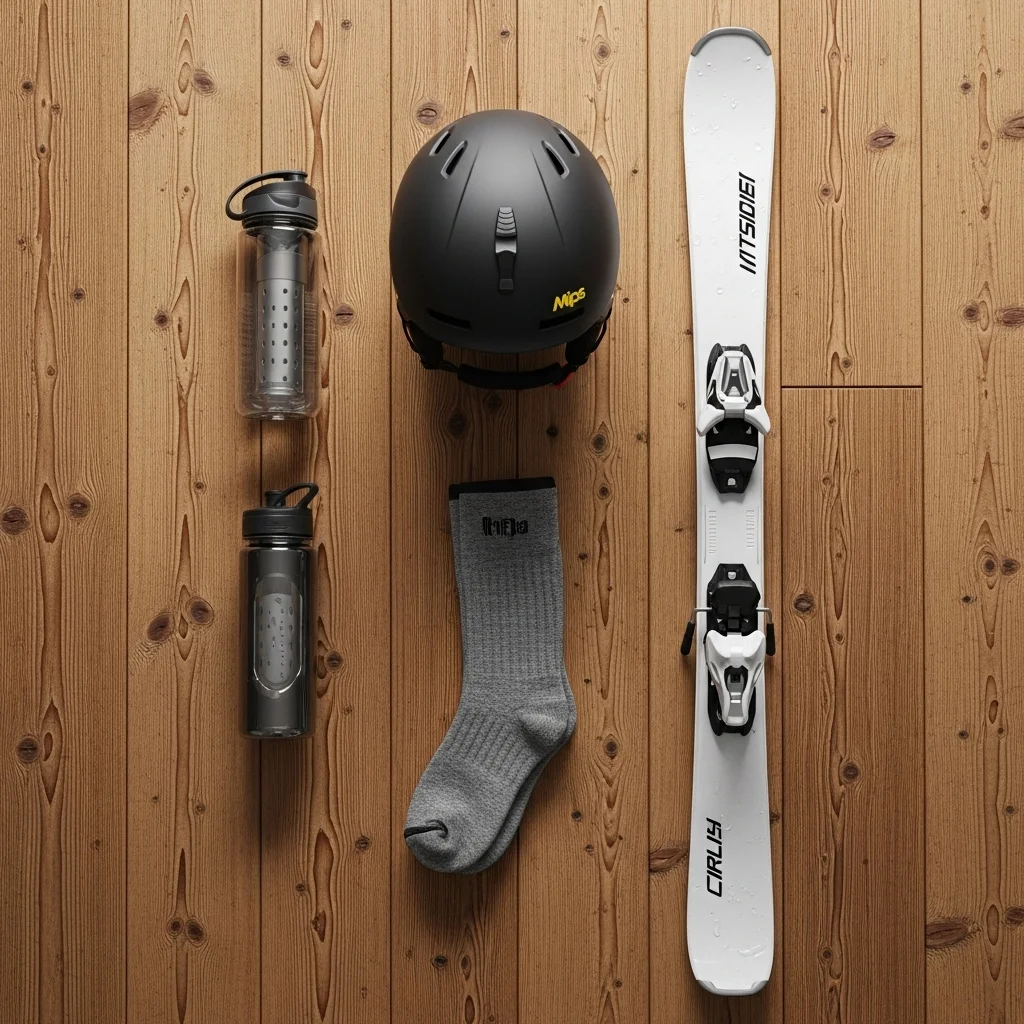
From equipment check to slope selection
A checklist helps, even if it is not perfect. First make sure your skis have been freshly waxed; dry core wood chatters on ice. Grab a helmet with MIPS technology—it makes a difference in a side impact. Finally, choose resorts with progression zones if you are still a bit wobbly—Ski Juwel Alpbachtal Wildschönau is brilliant for that.
Spartner’s field notes
Save the piste map offline—the signal in deep valleys is unpredictable
Carry a water bottle with built-in filter; snow-melt water is cold but not always clean
Pack one pair of dry socks in your rucksack—every guide swears by it
Looking to the future

How skiing in Austria is reinventing itself
Glaciers are shrinking and winters shifting, yet innovation is stepping up: artificial-snow systems will soon run on green power from alpine hydro, and valley stations are getting timber façades with moss roofs for better insulation. At the same time, slow travel is emerging: longer stays with fewer transport movements.
What can skiers expect?
New night trains connect Amsterdam with Innsbruck, fully electric buses are on trial in Zell am See and microplastic-free wax is likely to be widely available by 2026.


Talk to our mountain enthusiasts
Curious which village suits your group best or want to discuss the latest eco train routes? Drop us a line—we are happy to share real-life insights from the snow field.
Why is skiing in Austria so popular? 😊
Austria combines vast kilometres of pistes with lively après-ski and authentic villages. Many resorts are also relatively close to the Netherlands, keeping travel times short.
Which resort is the most snow-sure? ❄️
Glaciers such as Hintertux and Kitzsteinhorn guarantee snow even in spring. Yet Obertauern, without a glacier, can be surprisingly snowy thanks to its high altitude.
Is Austria suitable for beginners? 🏂
Absolutely. Villages like Ellmau or Serfaus offer wide practice slopes, slow chairlifts and Dutch-speaking instructors, making the first steps comfortable.
What about vegetarian food in mountain huts? 🥗
It is getting better every year. Kaspressknödel in broth and trendy bowls in Sölden are gaining ground alongside the traditional schnitzel. Ask for the 'vegetarisches Tagesgericht'; staff are open to your wishes.
Can you ski in Austria without a car? 🚆
Certainly. Nightjet runs directly to Innsbruck or Wörgl, and ski buses take you to almost every valley. Some accommodations even provide free shuttles—check in advance.
When are the slopes quietest? 🗓️
Between New Year and the February half-term there is a short January window when schools are back and temperatures are reliably cold. Slopes are noticeably empty and hotels quieter.
Is après-ski becoming less popular because of the wellness trend? 🥂
Not necessarily. A mix is emerging: wellness and yoga during the day, then from four o’clock live music in the bar. Balance is the new motto.
How sustainable is artificial snow these days? 🌱
Modern systems use up to 30 % less water and run on renewable energy. Some resorts even recycle meltwater via reservoirs.
Do I have to wear a helmet in Austria? 🪖
Officially not mandatory everywhere for adults, but sensible from an insurance standpoint. Plus 90 % of locals now wear one, so without a helmet you actually stand out.
Are there fun activities for non-skiers? ☕
Definitely: winter hiking trails, skating on natural lakes like the Weissensee and even culinary tours by horse-drawn sleigh from hut to hut.










.webp)
